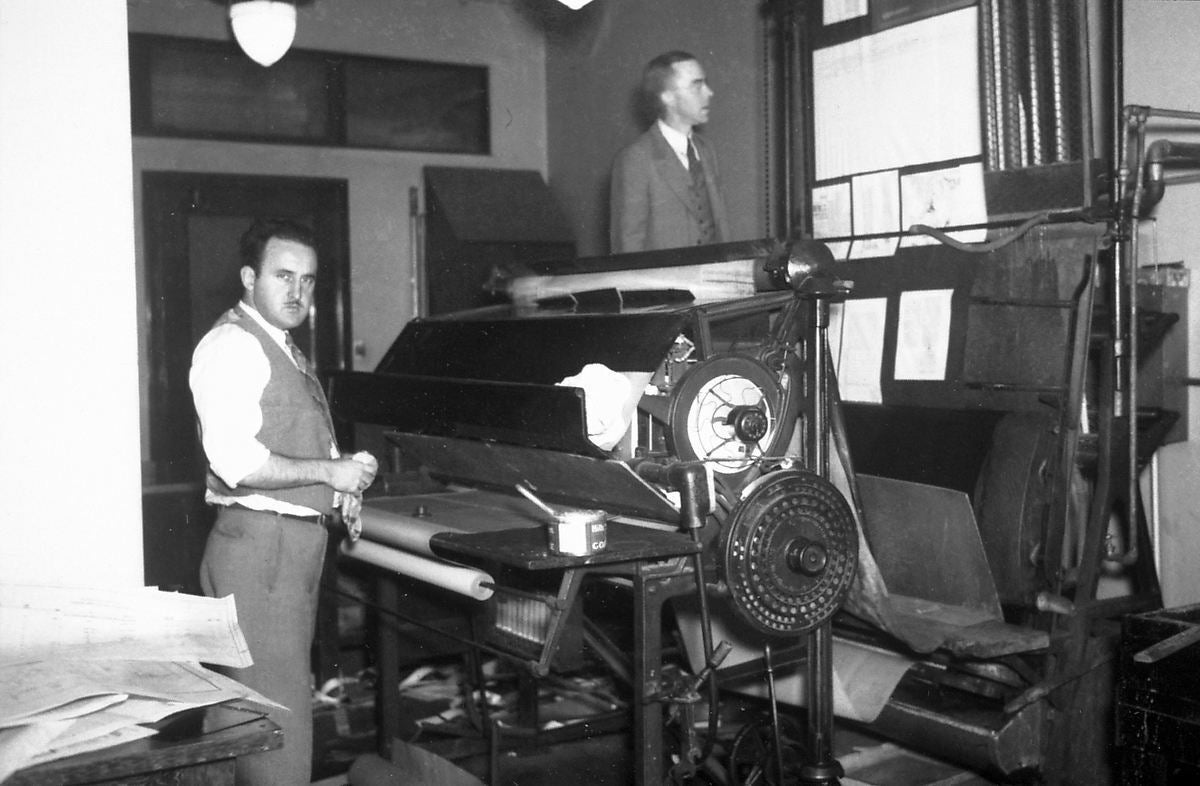Thinking back to the era of Windows 3.0, 3.1, and Windows for Workgroups, I dimly recall that printer drivers could be especially troublesome. Happily, with Windows 95 through Windows 7, printer problems didn’t register much on my radar. But in the wake of upgrading my network to Windows 10 a few years back, I noticed an uptick in printer problems. On the other hand, Windows 11 seems rock solid where printing comes into the picture.
If printing is a cause for concern with your Windows setup, you may be relieved to know that all problems I’ve encountered have been easy to diagnose and fix, providing you know what steps to take to figure out what’s up. I hope this how-to will help readers zip through detection and diagnosis and proceed more quickly to the usual cures for printing ills.
Typical symptoms for printer problems
Without belaboring the obvious, the most common issue with printing in Windows is an inability to print to some specific print device. Somewhat frustratingly, you might select a known and formerly working printer, fire off a print request, and see nothing happen in response, other than the number of jobs in the print queue increasing. What gives?
Other typical symptoms include the following:
Adding a printer to a PC or the network, only to find no corresponding device entry popping up in the Settings app (under Devices > Printers & scanners in Windows 10 or Bluetooth & devices > Printers & scanners in Windows 11) or in Control Panel (in the Devices and Printers pane in Windows 10 or the Printers & Scanners pane in Windows 11).
Upon encountering the conditions described in the preceding item, one may further encounter difficulties finding a device driver for a missing or uncooperative printer.
A printer may be visible as a device in the appropriate place in Control Panel or Settings, but it may show a status of “Unavailable” or “Offline.” Sometimes, all attempts to change this status through printer controls in Windows or on the device itself fail.
Diagnosing and fixing printer problems
For the vast majority of printer problems, a device driver is somehow involved. It may be corrupted, broken, or missing. That’s why the most common fix for printer problems is fairly simple and straightforward — namely, removing the problem device and thereby uninstalling its driver, then adding it back again. For all but a few of the cases I’ve encountered in over 200 upgrades to Windows 10 and 11 (and further research on reported problems with printing or printers), this has been sufficient to fix the problem that is best described as “can’t print” or “won’t print” to a print device.
I’ll walk you through this technique in detail in a moment, but using Windows’ built-in printer troubleshooting tool may provide a shortcut to getting your printer working again, so it’s worth trying that first. Herewith, then, is my two-step approach to diagnosing and fixing printer problems:
Step…
2023-09-27 08:00:05
Post from www.computerworld.com rnrn
